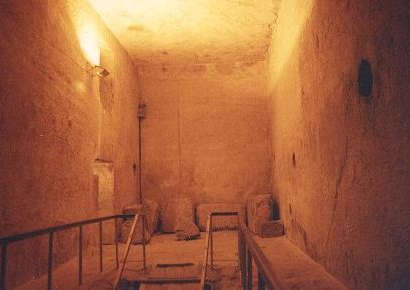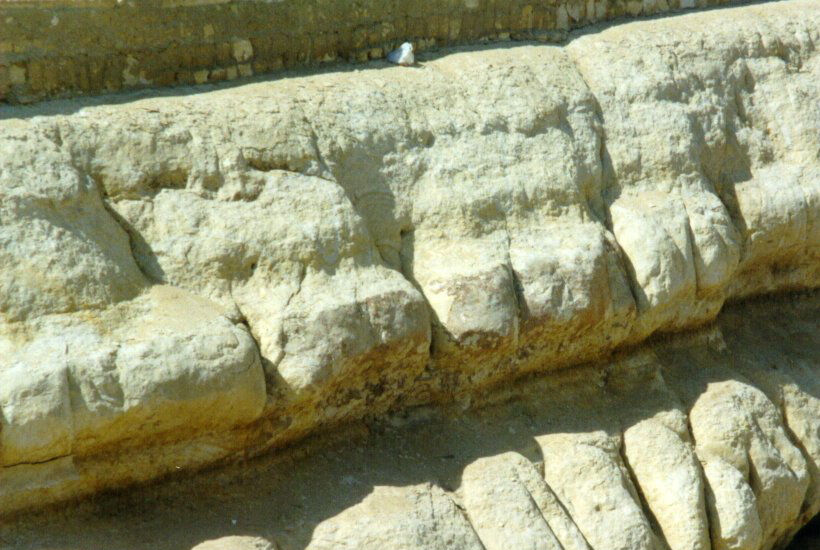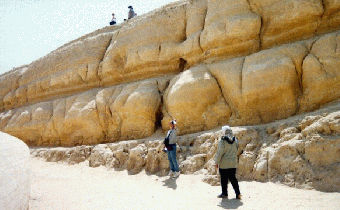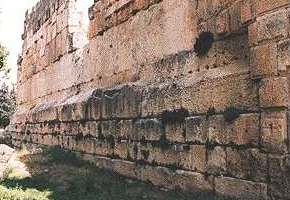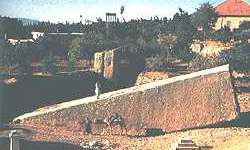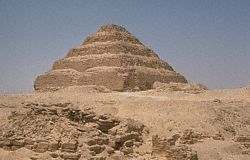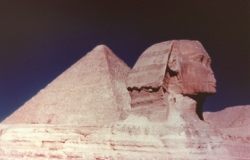|
| |||||
|
Giza, Egypt
True Wonders of the World
The gigantic Pyramids of Giza, in Egypt
are positioned at exactly 30� North Latitude and aligned precisely to the cardinal directions. Archaeoastronomers have turned the clock back to the Age of Leo
when the Sphinx lines up with the constellation Leo rising in the east and the pyramids a mirror image directly under the stars of Orion's Belt ! This intriguing dating of the Giza site puts its construction at around 10,500 BC
| ||||||
The Great Pyramid of Giza
was the tallest man-made structure,
until the Eiffel tower was completed in 1887.
|
The only surviving, in tact, of the original Seven Wonders of the World.
In Egypt, "The Pyramids do not fear Time, Time fears the Pyramids"
It is also said, "Time laughs at all things, but the Pyramids laugh at Time."
|
Carved in Stone
The Great Pyramids of Giza, Egypt are by far the most awesome and obvious examples of a civilization having left their mark on the world.
For many thousands of years, these stone giants have stood as a silent testimony to "time itself" - and an advanced culture which once existed.
The Giza complex is situated at almost exactly 30� North Latitude
- one third of the distance between the equator and the north pole.
That the ancient Egyptians could not possibly have built them, has become a major point of contention in recent years
- but in this case, geology trumps archaeology.
Surrounding the site, are many equally impressive monuments,
that have awed all who encountered them for ages past
- like the Sphinx, which was reclaimed by the desert sands, up to the shoulders, when Napoleon occupied the site in 1798.
An accidental discovery in 1990 led geologist Robert Schoch and John Anthony West to proclaim to the world
that the Sphinx has erosion consistent only with many centuries of heavy rainfall
While it is easy to take the ancient Egyptians' word for it that they built the monuments of their homeland, where no one else is known to have ever lived; today we know that as the Earth's climate shifted, around 10,000 BC, the monuments of some mysterious civilization became buried beneath desert sands - with only the giants left visible, the pyramids and the head of the Sphinx - which was probably originally the head of a lion, to match the body. While there is significant wind erosion which date the head and shoulders to the classically accepted period, the body of the Sphinx, which was carved from the limestone bedrock and is below ground-level, is replete with undulating surfaces, with only slight wind smoothing, corresponding to the known minimal open air exposure.
|
~ The Great Pyramid of Giza ~
the largest and northern-most, of the three
a symbolic model of Earth's Northern Hemisphere
at a ratio of exactly 1 to 43,200 which is a very round number
600 x 72, 480 x 90, 360 x 120, 300 x 144, 240 x 180, 120^2 x 3 etc.
The Great Pyramid's height, when multiplied by one trillion,
is equal to the distance from the Earth to the Sun.
|
Unbelievably accurate Monuments of Ancient Architecture
that were definately built to last ~ and have, for many centuries.
|
It is also aligned to the Cardinal Directions of north, south, east and west
~ much more accurately than our civilization is capable of, until very recently.
The Royal Observatory in Greenwich, England is off by nearly nine minutes of arc.
|
Precession
Precession is an astronomical term referring to the change in perspective of the night sky,
as our world wobbles around the sun, changing ever so slightly from one year to the next.
Currently, it is "the dawning of the Age of Aquarius,"
as we are on the cusp, or border, of Pisces and Aquarius, in Astronomical Ages
- which are named for which sign of the zodiac the sun appears to be in,
from our perspective, on the Vernal Equinox, in the northern hemisphere
- the first day of spring, when day and night are exactly equal in length.
In our era, on that day, the sun is located in the constellation Pisces, near the border of Aquarius. A century or so from now, the sun will be more fully in Aquarius. The entire cycle takes about 26,000 years to complete. In the Age of Leo, approximately 10,500 BC, the Earth was on roughly the opposite side of the sun from where it is now, at any given time of year. |
Constellations, groupings of bright stars,
are given names for the common shapes they appear to outline.
~ the borders between them, however, are relatively modern inventions
|
The signs of the zodiac are also not evenly distributed around us
Astrology takes some liberty ascribing them to twelve equal portions of the sky.
|
Under the Stars 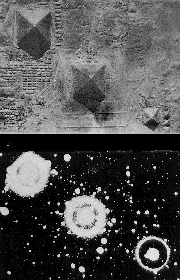 Two thousand years ago, the sun was on the other side of Pisces in the spring, just entering the constellation.
It was the dawning of the Age of Pisces, the fish, in the time of Christ - and one of the earliest symbols of Christianity was the fish.
Before that, it was the age of Taurus, the bull - and the time of the Minoan culture, so named for their reverance of the bull figure in their art.
We know very little about this Bronze Age civilization, which flourished in the Mediterranean between 3000 and 4600 years ago.
They might have been the distant descendants of the great builders of Giza, only half remembering the stone-working techniques of their ancestors.
Few other cultures of this era are known to have built anything so advanced - and there is almost nothing on that scale until the modern era.
Two thousand years ago, the sun was on the other side of Pisces in the spring, just entering the constellation.
It was the dawning of the Age of Pisces, the fish, in the time of Christ - and one of the earliest symbols of Christianity was the fish.
Before that, it was the age of Taurus, the bull - and the time of the Minoan culture, so named for their reverance of the bull figure in their art.
We know very little about this Bronze Age civilization, which flourished in the Mediterranean between 3000 and 4600 years ago.
They might have been the distant descendants of the great builders of Giza, only half remembering the stone-working techniques of their ancestors.
Few other cultures of this era are known to have built anything so advanced - and there is almost nothing on that scale until the modern era.
In the year 10,500 BC, it was the Age of Leo - and the pyramids of Egypt are aligned with the stars in the sky as they appeared on the Vernal Equinox in that era - and only that era. But it is easy to not make the connection. Today, these stars only haphazardly line up with the Nile and Giza monuments - and nowhere near either Equinox. These days, Orion is a winter constellation. The next Age of Leo isn't due for another dozen millennia or so. But, if you were in Giza, and it was March 21st, in an Age of Leo: the Sphinx, a giant lion, faces due east; as Leo, the Lion rises behind the sun. At that very moment, the Milky Way is aligned with the River Nile, each disappearing into the horizon at the same point - and the three Great Pyramids match perfectly with the three stars of Orion's Belt. They made it that way - they built the complex to reflect the sky, for some unknown reason. But it wasn't the Egyptians we know of - that culture wasn't to develop for another 7000 years.
While it is true that many ancient cultures knew some things about Astronomy that we ourselves are just discovering today, the layout of the Giza site does not mean the ancients knew about precession - only that they built these monuments to reflect the stars, as they appeared in the sky above that location, on that date, in that era. |

Earth's year is not exactly 365 days.
somewhat more accurately, 365.2422 days
~ slightly less than an additional full quarter day.

After accounting for leap year
a very "minute" difference goes unnoticed
- which adds up over very long periods of time.
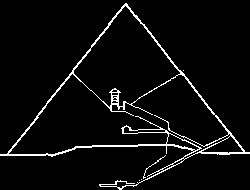
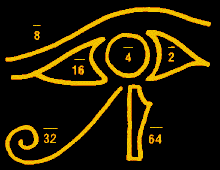
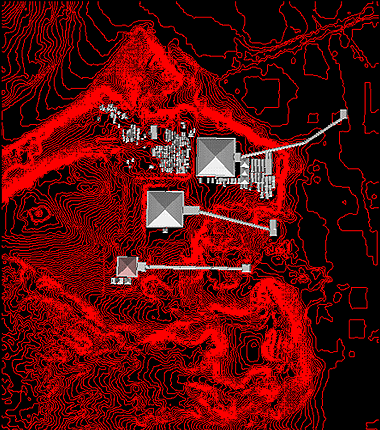
|


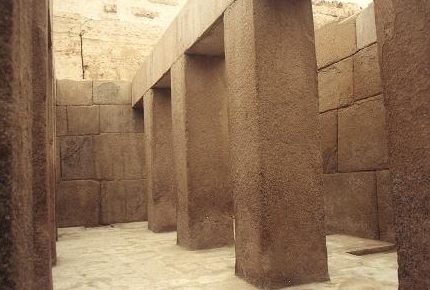

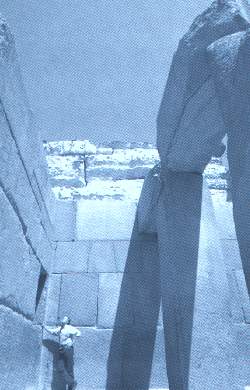


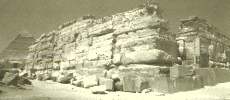
|
|
|
|

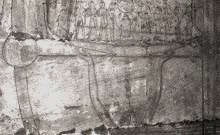
|
Modern Reed Boats of Lake Titticacca, Peru ~ passed down from Incan ancestors,
that strongly resemble the ancient Egyptian Boats, buried next to the Giza Pyramids.
There is no imaginable need for lake vessels to be so sea worthy, or develop in this way!
|
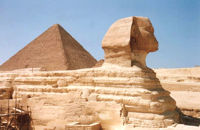



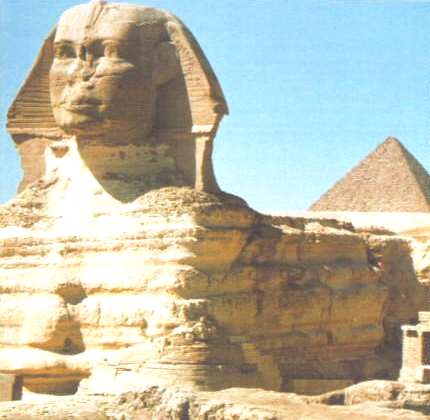
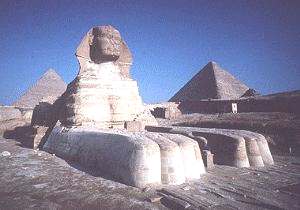


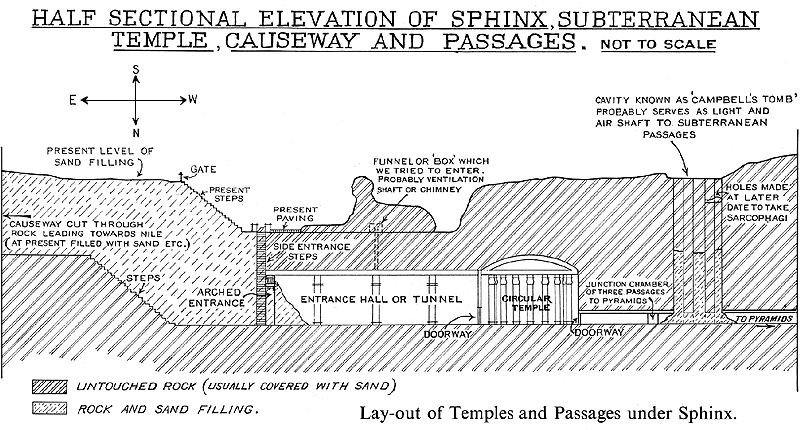
| Pyramids | ||
|
Giza, Egypt �
Xian, China Teotihuacan, Mexico Pyramid Energy
| ||

|

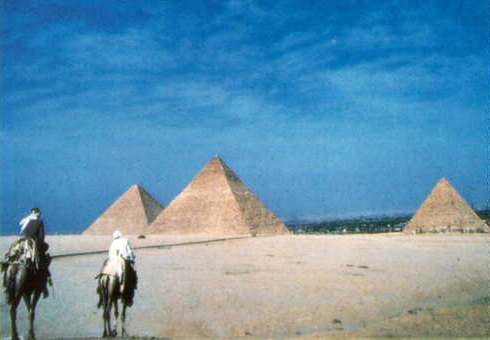
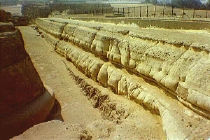 - conditions that, while prevalent in northern Africa after the end of the last Ice Age, around 10,000 BC,
did not exist at all after 5000 BC, when the region became the desert that it is today.
Tombs dated centuries earlier than the current accepted Sphinx age of 2500 BC, show no such evidence.
- conditions that, while prevalent in northern Africa after the end of the last Ice Age, around 10,000 BC,
did not exist at all after 5000 BC, when the region became the desert that it is today.
Tombs dated centuries earlier than the current accepted Sphinx age of 2500 BC, show no such evidence.
 Most likely, the Egyptians of the bible merely found these "temples" and restored them, claiming them as their own;
probably never knowing who the original builders were, and assumed it must have been the gods
- but the bulk of the complex lay buried beneath the sands, underneath their very feet, and certainly some remains undiscovered to this day.
They certainly built the tombs at the Valley of the Kings - but the Giza pyramids have no heiroglyphs inside - no inscriptions of any kind.
Equally devoid of any markings whatsoever, the Sphinx temple is made from blocks of stone as big as a truck.
Moreover, the overall ambience of this collection of massive megaliths suggests a culture that would never do such a thing.
The inner workings of the Giza pyramids are inconsistent with anything else they accomplished.
Like their American counterparts, the Aztecs, the Inca and the Maya;
who also occupied cities with impressive buildings for the time,
but did not possess the engineering required to account for the more massive structures of their culture.
Most likely, the Egyptians of the bible merely found these "temples" and restored them, claiming them as their own;
probably never knowing who the original builders were, and assumed it must have been the gods
- but the bulk of the complex lay buried beneath the sands, underneath their very feet, and certainly some remains undiscovered to this day.
They certainly built the tombs at the Valley of the Kings - but the Giza pyramids have no heiroglyphs inside - no inscriptions of any kind.
Equally devoid of any markings whatsoever, the Sphinx temple is made from blocks of stone as big as a truck.
Moreover, the overall ambience of this collection of massive megaliths suggests a culture that would never do such a thing.
The inner workings of the Giza pyramids are inconsistent with anything else they accomplished.
Like their American counterparts, the Aztecs, the Inca and the Maya;
who also occupied cities with impressive buildings for the time,
but did not possess the engineering required to account for the more massive structures of their culture.
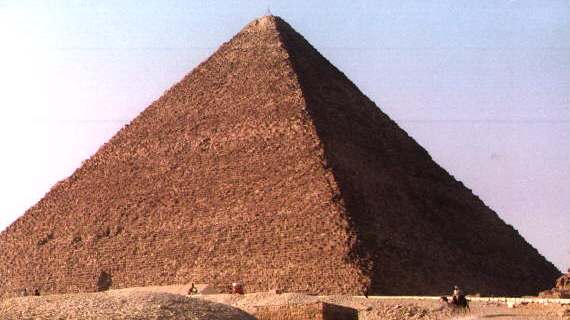
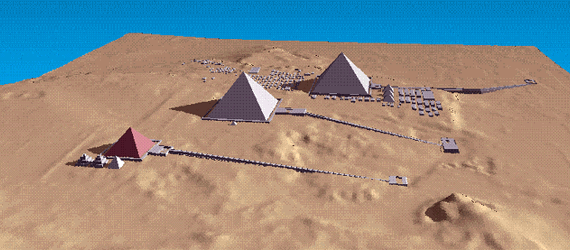

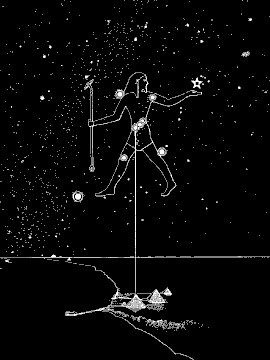 There are other pyramid sites further out in the desert roughly corresponding to Rigel and Betelgeuse,
the other bright stars in the constellation Orion
- and to Aldebaran, in Taurus, the brightest star in the neighboring Hyades.
Perhaps one day we will have the technology to search the sands
for some great palace corresponding to the Pleiades, or Sirius.
There are other pyramid sites further out in the desert roughly corresponding to Rigel and Betelgeuse,
the other bright stars in the constellation Orion
- and to Aldebaran, in Taurus, the brightest star in the neighboring Hyades.
Perhaps one day we will have the technology to search the sands
for some great palace corresponding to the Pleiades, or Sirius.

